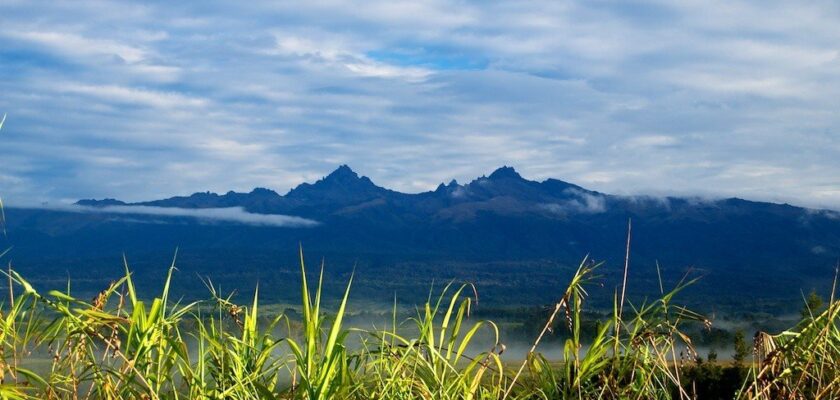Mount Giluwe Volcano
Mount Giluwe Volcano is the highest volcano on the Australian continent, located in Papua New Guinea – it is 4,368 meters high. The entire surface of the Giluwe volcano is covered with alpine meadows. The volcano has two peaks formed by ancient volcanic vents. The highest peak is the central peak, while the eastern peak is located two kilometers from the central peak and is slightly lower in altitude, 4,300 meters.
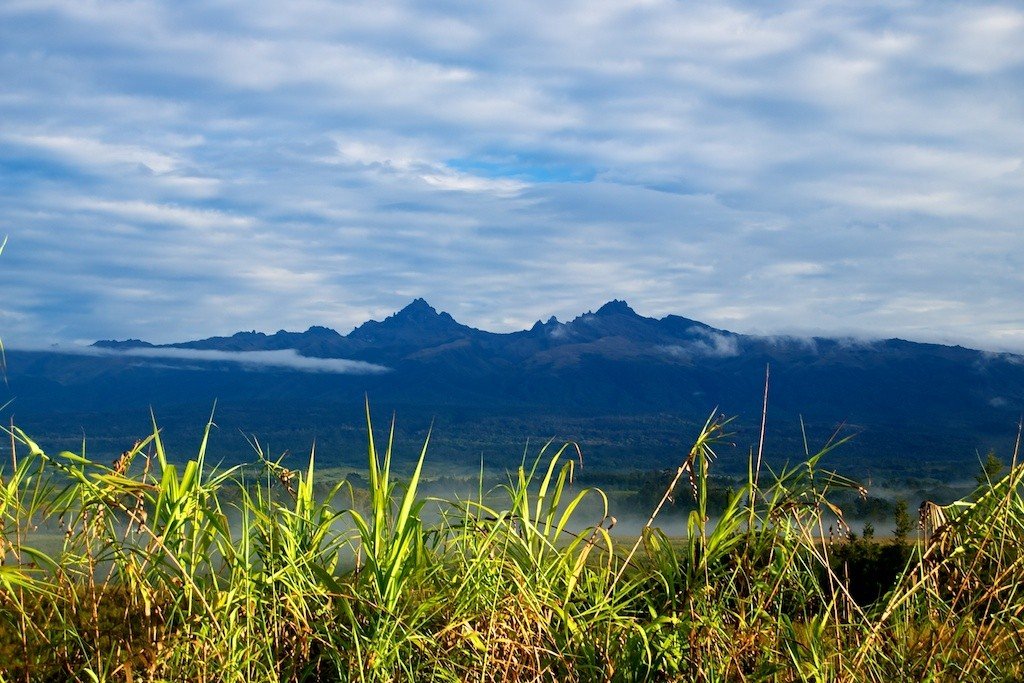
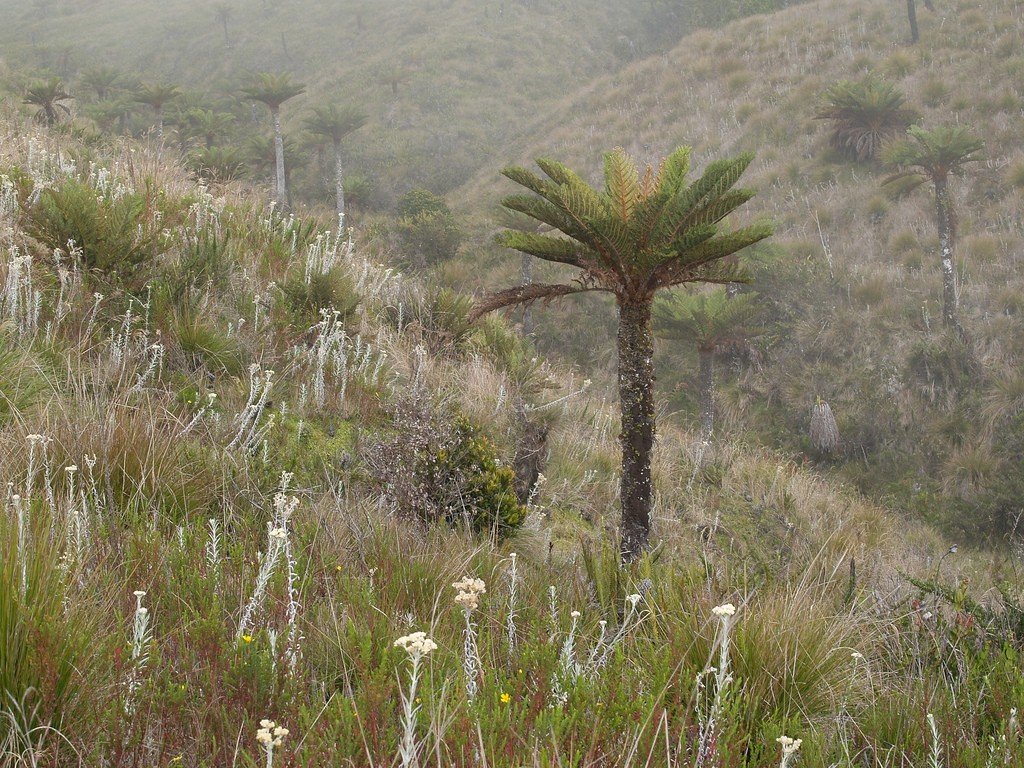
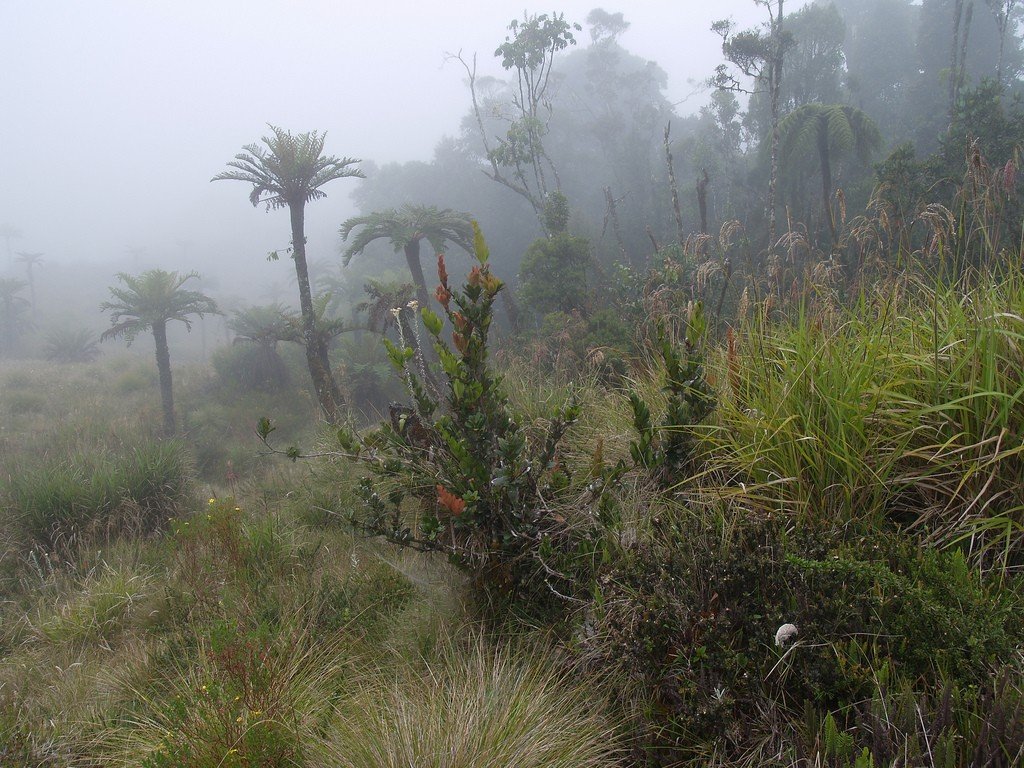
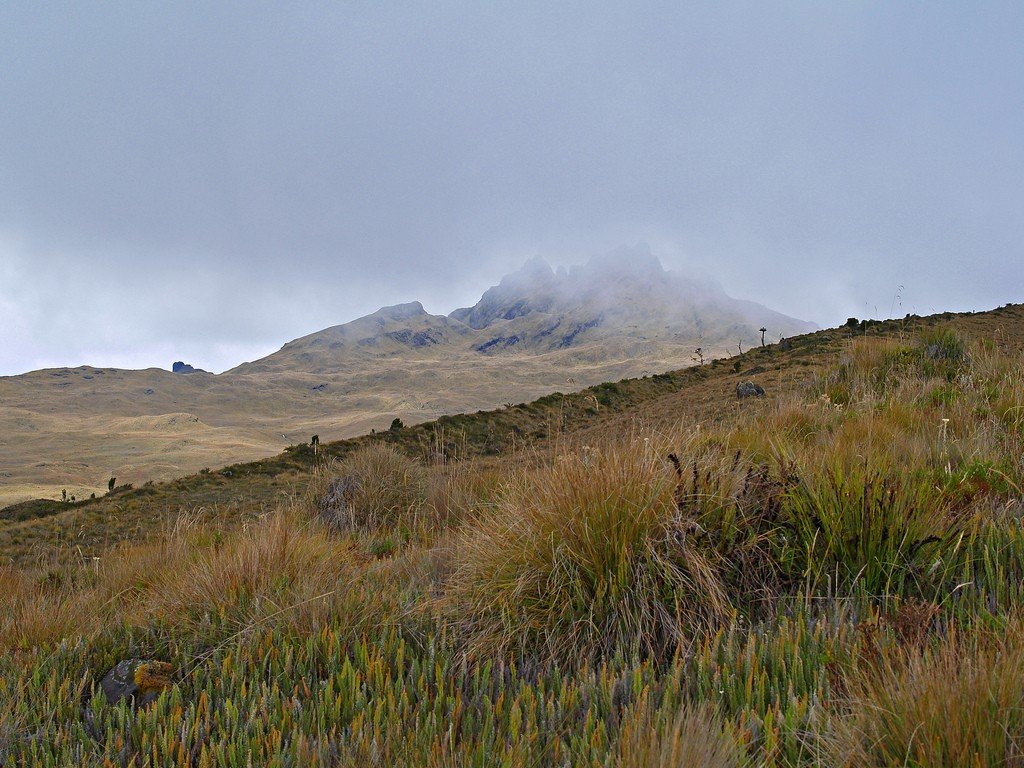
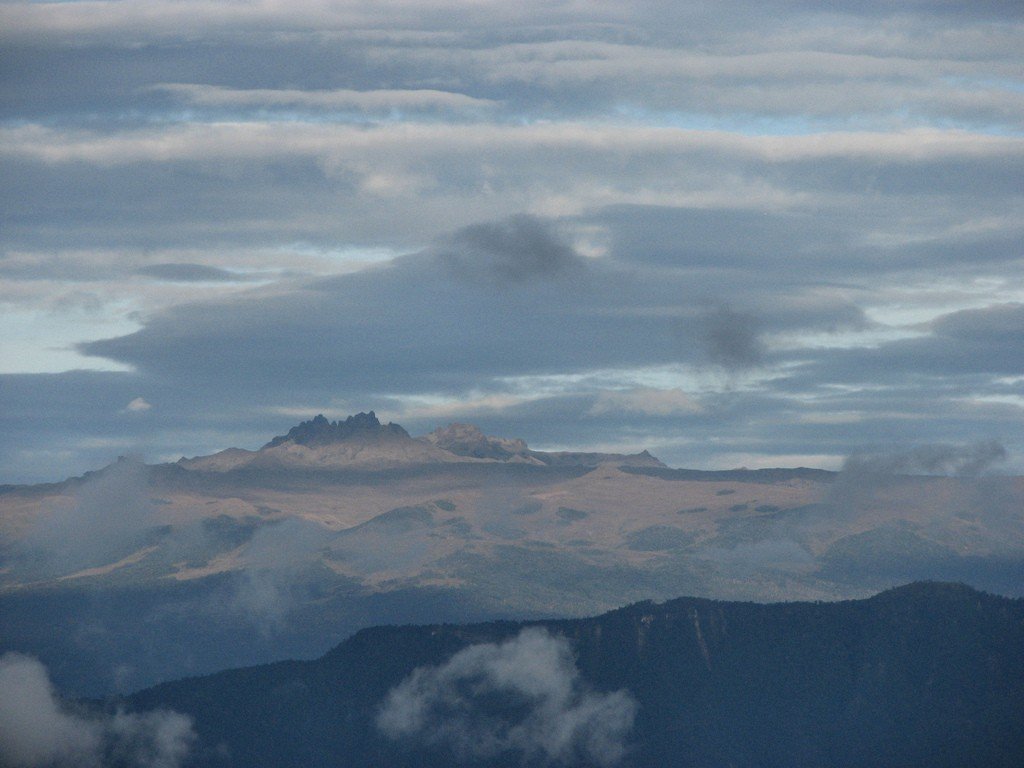
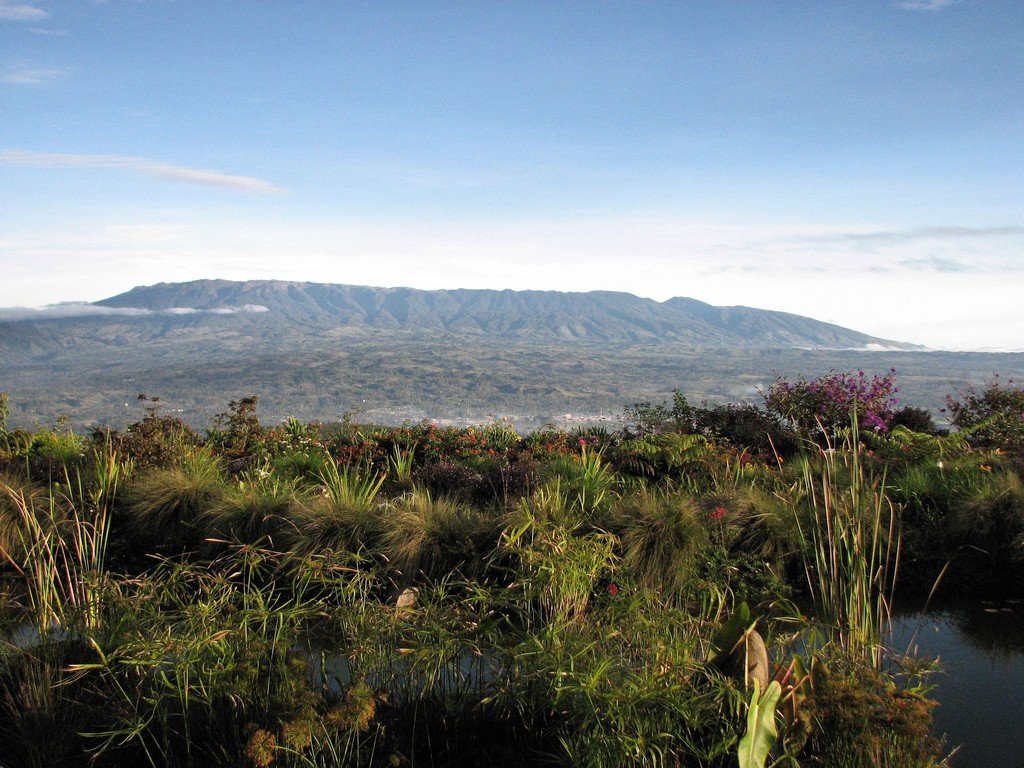
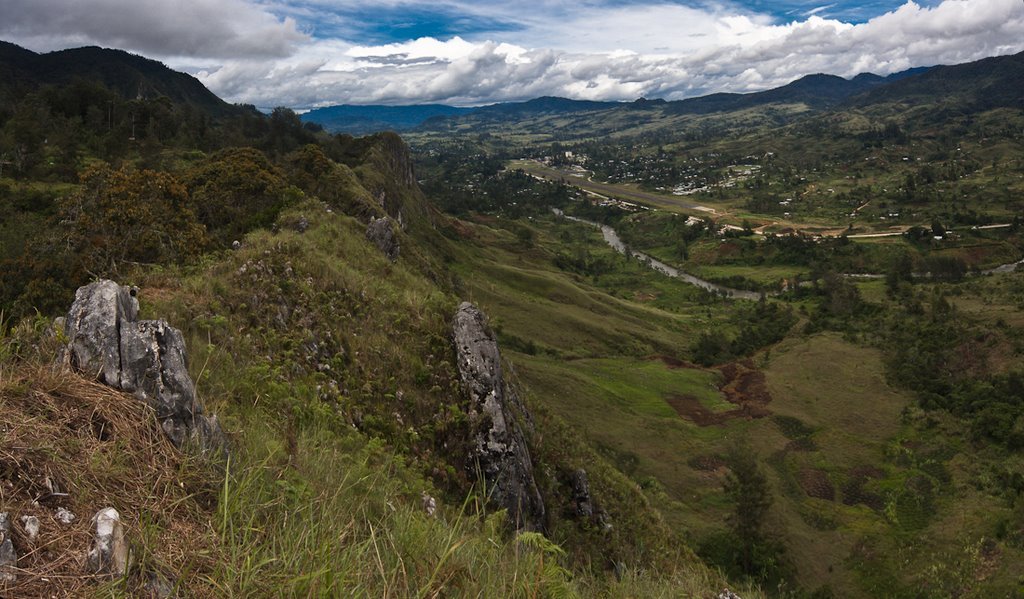
General information
During the glacial cooling period, quite a large part of the volcano underwent severe erosion, it was after this that the two necks were formed. About 220,000 to 300,000 years ago, after new volcanic eruptions of Giluwe, shield-shaped masses formed, forming the modern appearance of the mountain. Part of the lava erupted under a coating of ice, for during the Ice Age, the Giluwe volcano was covered by an ice cap that was about 150 meters thick. The glaciers stretched across the surface of the mountain to a height of over 3,000 meters. Now there are no glaciers on Giluwe, but at an altitude of 3500 meters and above the weather conditions are quite cold, there are night frosts and variable snowfalls. Not far from the volcano, numerous valleys and karas have been preserved.
.For the first time conquered the summit of Giluwe Australian brothers explorers Mick and Dan Leahy, it happened in 1934. But in 1935 there was another contender to be the first to conquer the volcano, Jack Hydes. He named the peaks of the volcano Mount Minareta, but the name didn’t catch on. Mick Leahy in the same year organized a hearing in London at the Royal Geographical Society and spoke there about climbing Mt. Giluwe. Already less than a year later, Leahy was awarded a cash prize as the discoverers of the mountain.
.
Today, tourists visiting Papua and New Guinea have the opportunity to repeat the path of the Leahy brothers and many others who conquered Mt. Giluwe. Don’t miss the opportunity to touch history, as the volcano has been around for hundreds of thousands of years and has witnessed so many events in human history.
.
